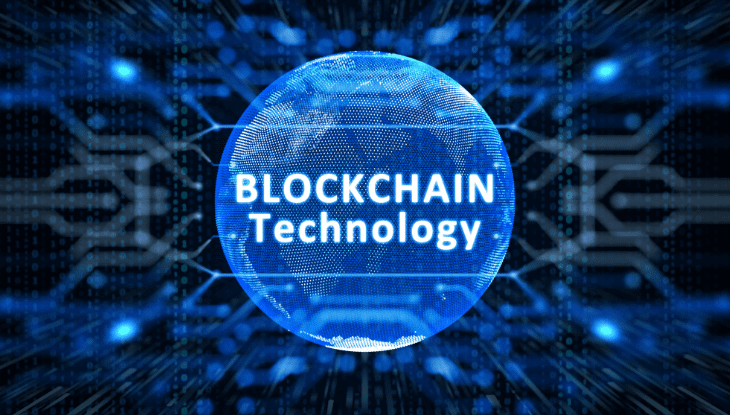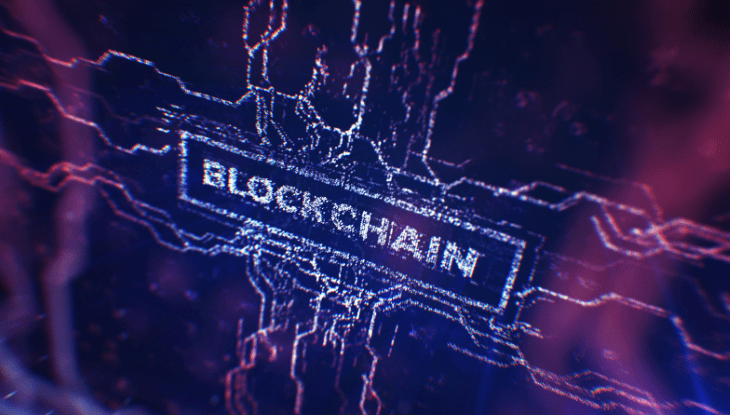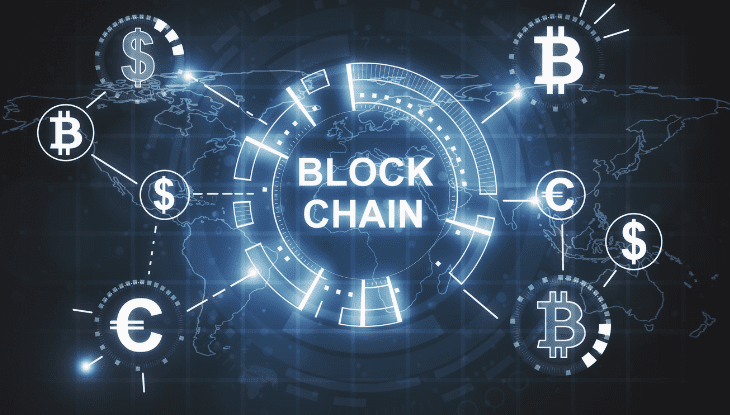What is blockchain technology? Blockchain technology has revolutionised the way we think about transferring value online. As a system enabling secure, transparent data exchange without intermediaries, it opens up new possibilities in various industries.
In this article, you will learn what blockchain technology is and how it can change the face of the internet.
What is Blockchain technology?
Blockchain is a technology that involves creating a distributed database or ledger that is shared among nodes of a computer network. Although most commonly associated with cryptocurrency systems, where it plays a key role in maintaining a secure and decentralized record of transactions, its applications extend far beyond the world of digital money. Blockchain allows data to be recorded in any industry in an immutable way, meaning that once information is written, it cannot be modified.
The greatest advantage of blockchain is that it eliminates the need to trust central institutions. Since information stored in a block cannot be changed, the only moment when trust is required is when inputting data into the system. This reduces the reliance on intermediaries, such as auditors, who typically introduce additional costs and are prone to errors.
Since the introduction of Bitcoin in 2009, blockchain technology has rapidly evolved, creating DeFi, NFTs, and smart contracts. This potential is transforming traditional financial systems and other sectors, bringing greater security, transparency, and efficiency.

How does Blockchain technology work?
You may be familiar with spreadsheets or databases. Blockchain has something in common with them because it is also a type of database where information is input and stored. However, the key difference between a traditional database and blockchain lies in the way data is structured and accessed.
It consists of programs called scripts that perform tasks typical of a database. Such as entering and accessing information, as well as saving and storing it. Blockchain is distributed, which means that its copies are stored on multiple machines. All copies must match for the data to be considered valid.
Blockchain gathers information about transactions and puts them into a block, similar to cells in a spreadsheet. Once the block is filled, the information is processed by an encryption algorithm, creating a hexadecimal number called a hash.
Transaction Process – how does it work and what is Blockchain technology?
Transactions are conducted according to a specific process, depending on the blockchain on which they occur. For example, in the Bitcoin blockchain, when you initiate a transaction using your cryptocurrency wallet, an application providing an interface for the blockchain – a sequence of events begins.
In Bitcoin, your transaction goes into the memory pool. Where it is stored and queued until a miner or validator accepts it. Once it is included in a block and the block is filled with transactions. It is then sealed and encrypted using an encryption algorithm. Mining then begins.
Miners start with a nonce value of zero, which is added to their randomly generated hash. If this number is not equal to or less than the target hash, one is added to the nonce, and a new block hash is generated. This process continues until a miner generates a valid hash, winning the race and receiving a reward.
Generating random hashes until a specific value is found is the “proof of work” that is often discussed – it proves that the miner has done the work. The amount of work required to validate a hash explains why the Bitcoin network consumes so much computational power and energy.
When the block is locked, the transaction is completed but requires confirmation from five subsequent blocks, which takes about an hour. Not all blockchains work the same way. Ethereum randomly selects one validator to confirm blocks with ether, which is faster and less energy-intensive than Bitcoin.
Decentralization of Blockchain
Blockchain enables data to be distributed across multiple nodes in the network – computers or devices running blockchain software, in different locations. This not only creates redundancy, but also maintains data integrity. For example, if someone tries to alter a record in one instance of the database, other nodes will prevent it.
Thanks to this dispersion – and encrypted proof that the work has been done – information and history (such as cryptocurrency transactions) are irreversible. Such a record can apply to a transaction list (as in the case of cryptocurrency), but blockchain can also store various other information, such as legal contracts, state identifiers, or company inventory.
Decentralisation not only reduces the risk of fraud and attacks, but also democratizes access to data, giving users greater control. In the digital age, where data is the new gold, blockchain becomes a key element in building trust and securing our digital future.

Transparency of blockchain transactions – what is blockchain technology?
Thanks to the decentralisation of the Bitcoin blockchain, it allows for the transparent viewing of transactions using your own node or blockchain explorers. Each node has a copy of the chain, which updates with new blocks, theoretically allowing for tracking of bitcoin in real-time.
For example, cryptocurrency exchanges have been hacked in the past, resulting in the loss of large amounts of cryptocurrencies. Although hackers may have remained anonymous—apart from their wallet address—the funds they stole are easily traceable, as wallet addresses are publicly available on the blockchain.
Is Blockchain secure?
Blockchain technology achieves decentralized security and trust in several ways. Firstly, new blocks are always recorded linearly and chronologically. This means they are always added to the “end” of the blockchain. Once a block is added to the end of the blockchain, previous blocks cannot be altered.
Changing any data will change the hash of a given block. Since each block contains the hash of the previous block, a change in one would result in changes in the following blocks. The network would reject the altered block because the hashes would not match.
Let’s imagine, for example, that a hacker operates a node in the blockchain network and wants to alter the blockchain to steal cryptocurrencies from other users. If they were to change their copy, they would need to convince other nodes that their copy is the important one.
Advantages and disadvantages of blockchain
Blockchain offers precision in recording transactions by automating the verification process through thousands of computers. This minimises human error and ensures accurate information is recorded. This technology also contributes to cost reduction by eliminating the need for intermediaries, such as banks or notaries, which is especially notable in the case of credit card transaction fees. With blockchain, for example in the form of Bitcoin, transaction fees are reduced due to the lack of a central governing body.
Decentralisation is another key advantage of blockchain, which does not store data in one location but instead distributes it across a network of computers. This solution increases the difficulty of data manipulation. Additionally, blockchain allows for fast transactions, operating continuously 24/7. This provides a significant advantage over traditional financial institutions, which operate within limited business hours.
Transaction privacy on the blockchain allows users to maintain anonymity while also ensuring transparency of actions. Although transactions are publicly available, user identification remains protected. Security is another important aspect. Once a transaction is approved and added to the block, it cannot be changed without impacting the entire network, significantly hindering fraud.
Despite its numerous benefits, blockchain faces technological challenges such as the costs associated with high energy consumption in proof-of-work systems, leading to a high demand for computing power. Issues with transaction speed and data efficiency are also problematic, especially when compared to payment systems like Visa, which can process a significantly larger number of transactions per second.
FAQ Section – Frequently Asked Questions
Blockchain technology is a system for recording data in the form of a chain of blocks that ensures the security and immutability of the stored information.
Blockchain can make the internet more decentralized, secure, and transparent, enabling direct transactions and the creation of new business models.
Thanks to the use of cryptographic techniques, blockchain ensures a high level of security for stored data and transactions.
Decentralised applications are programs that run on the blockchain, allowing users to interact directly without intermediaries.
Limitations include scalability, energy consumption, and regulatory challenges, which are currently the subject of intensive research and development.

